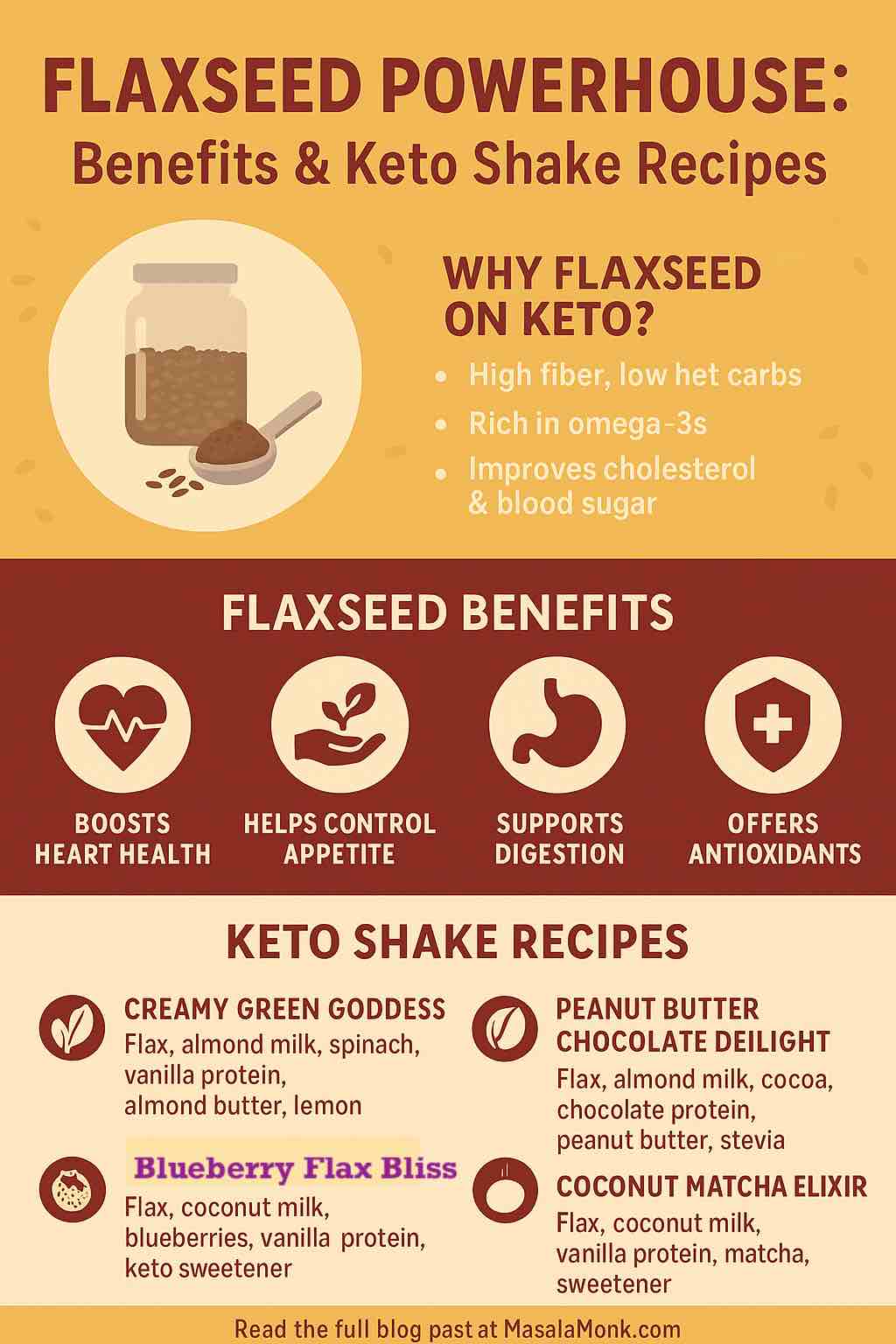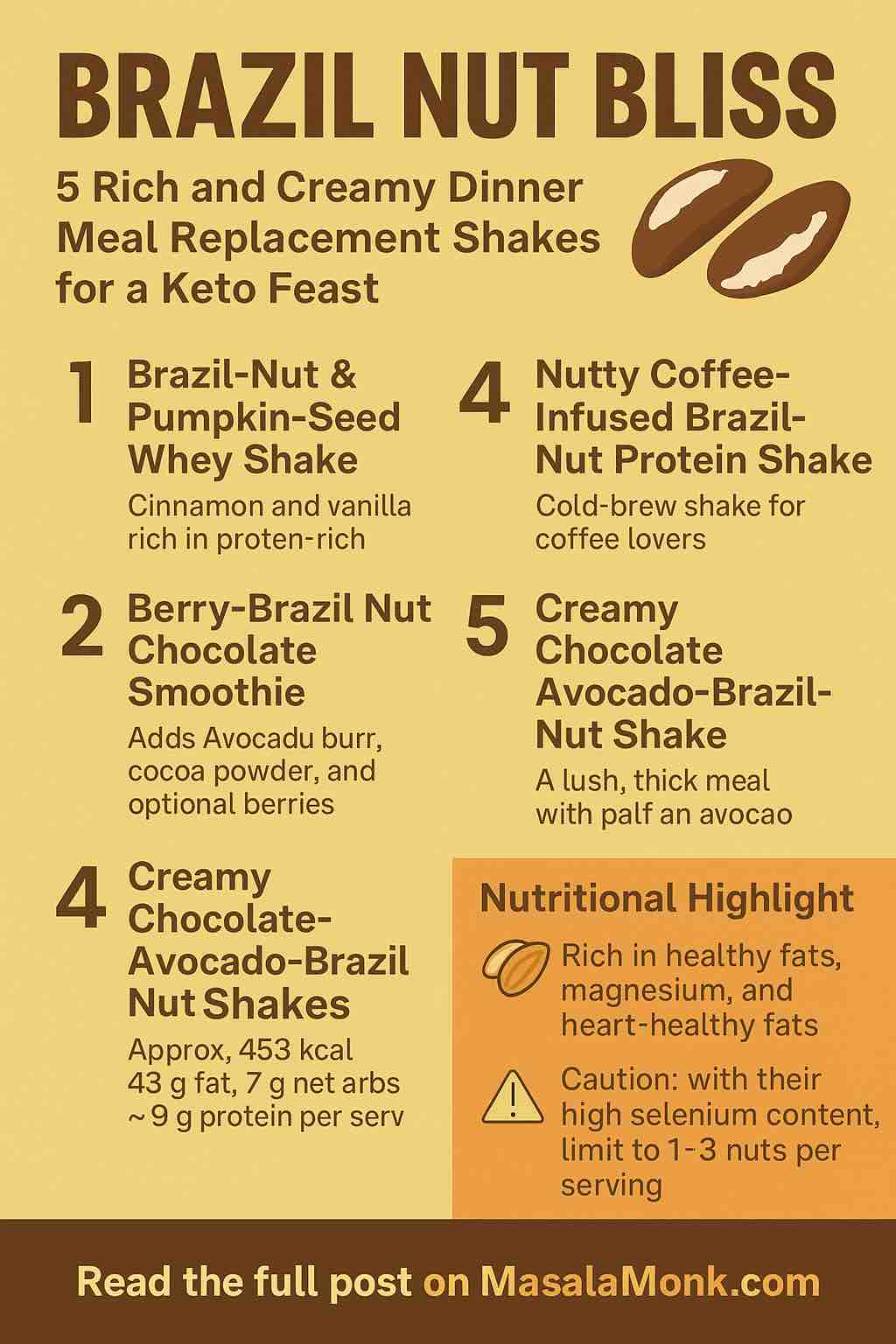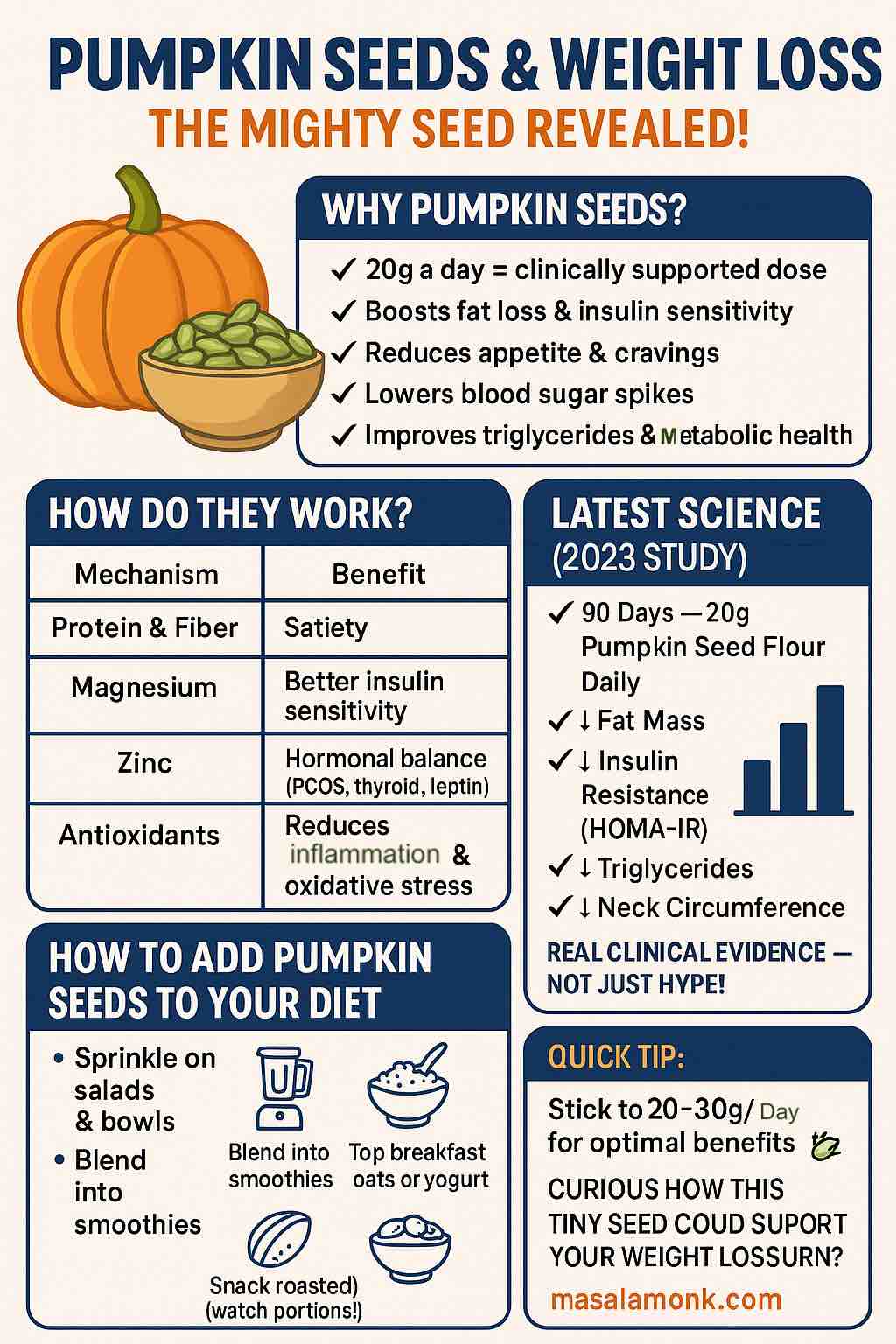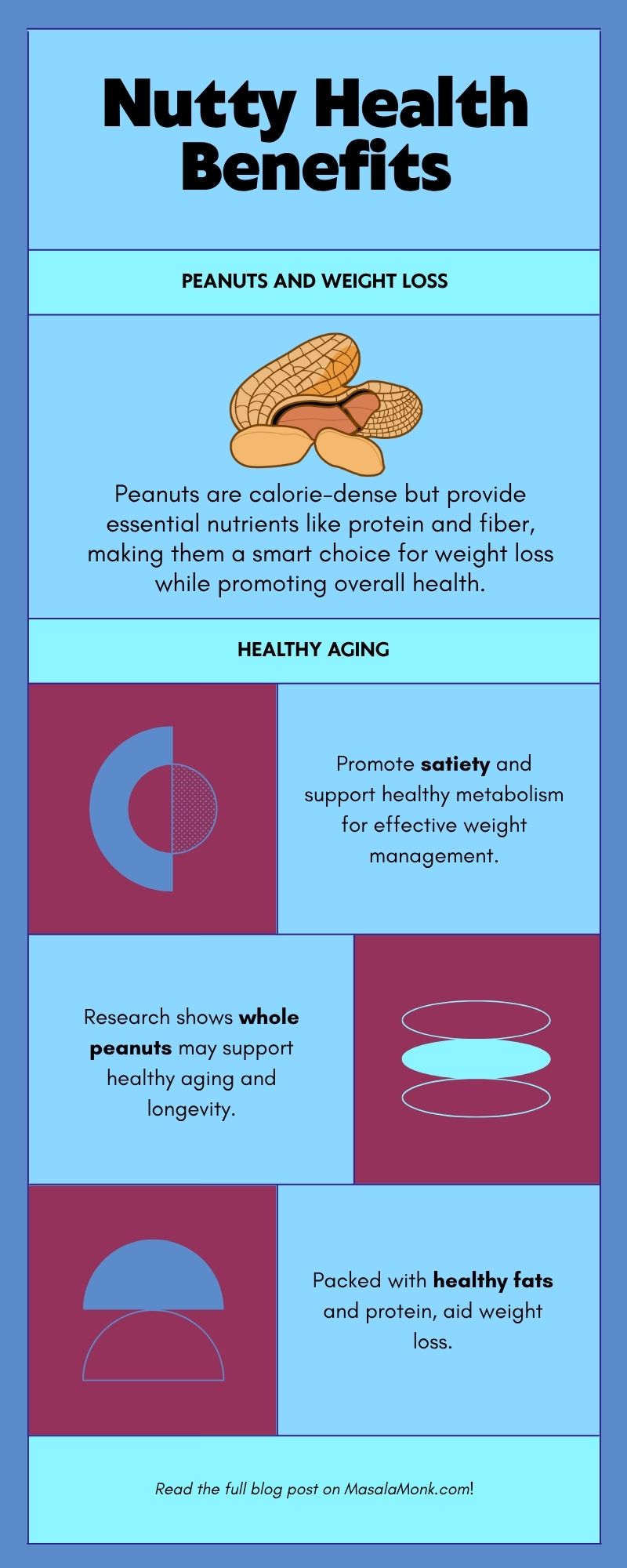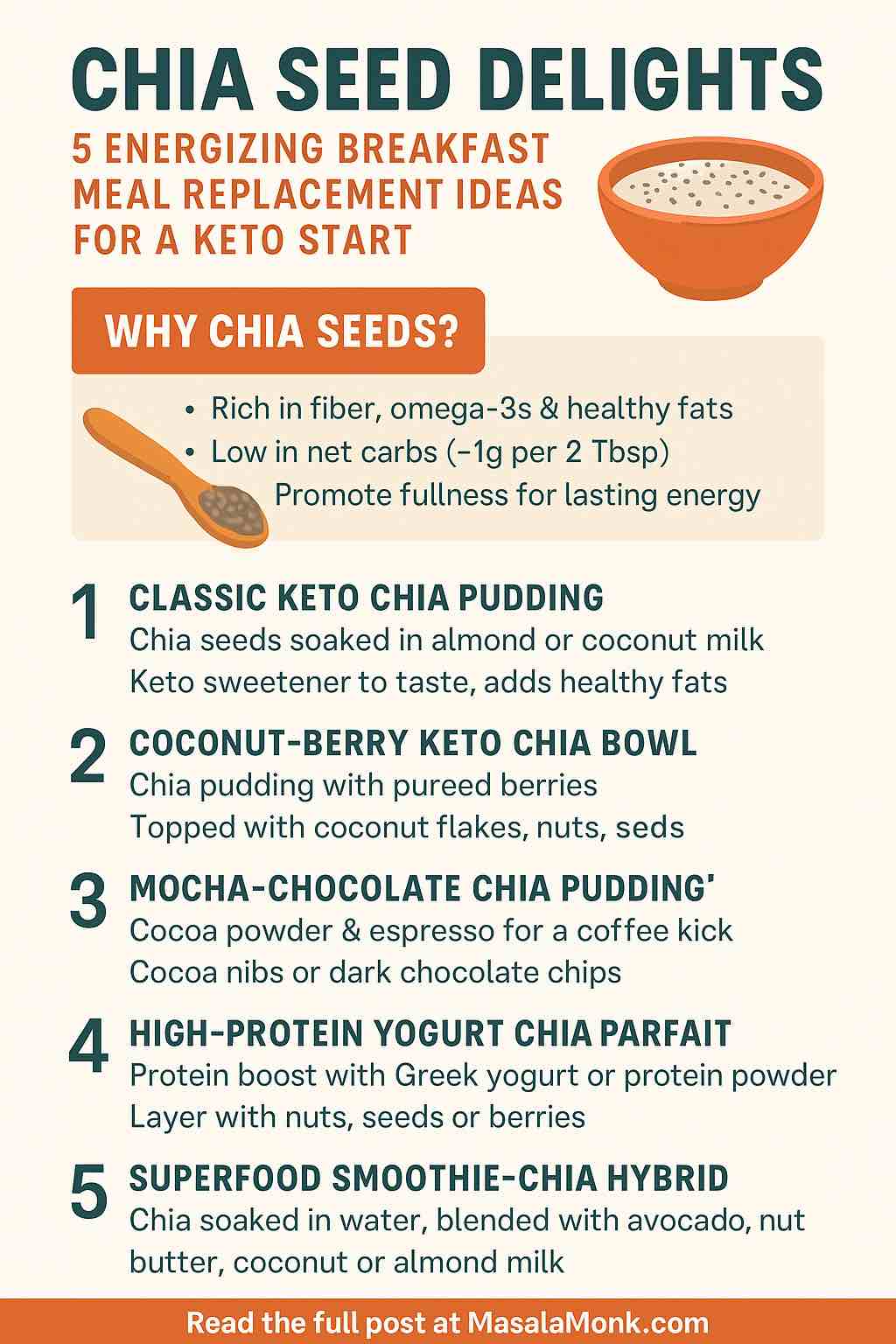
The ketogenic diet, celebrated for its focus on high-fat, low-carb foods, demands creativity when it comes to breakfast—especially if you’re seeking a quick, energizing start to your day. Enter chia seeds: tiny, nutrient-dense superstars that make the perfect base for a range of satisfying and keto-friendly meal replacements. Packed with fiber, healthy fats, and plant-based protein, chia seeds help maintain energy levels, support digestion, and keep you full for hours.
In this blog post, we explore five deeply satisfying chia-based breakfast ideas, optimized for a ketogenic lifestyle. Whether you’re a meal prepper, smoothie lover, or someone needing variety in texture and flavor, these recipes offer both nutritional balance and practical prep.
1. Classic Keto Chia Pudding
Why it works: It’s simple, customizable, and requires minimal prep time. This base recipe is the foundation for many other variations.
Ingredients:
- 2 tbsp chia seeds
- 1/2 cup unsweetened almond milk or coconut milk
- 1 tbsp MCT oil or coconut oil
- Low-carb sweetener to taste (erythritol, stevia, monk fruit)
- Pinch of cinnamon or vanilla extract (optional)
Instructions:
- Mix all ingredients in a jar or bowl.
- Let sit for 5 minutes, stir again to prevent clumping.
- Cover and refrigerate for at least 1 hour or overnight.
Macros (approx):
- Net Carbs: ~1g
- Fat: ~21g
- Protein: ~6g
Tip: Make a batch of 4-5 servings and store them in individual jars for an entire workweek of grab-and-go breakfasts.
2. Coconut-Berry Keto Chia Bowl
Why it works: This variation incorporates antioxidant-rich berries and the creamy richness of full-fat coconut milk, providing a more indulgent experience while staying within keto macro limits.
Ingredients:
- 2 tbsp chia seeds
- 1/2 cup full-fat coconut milk
- 1/4 cup mashed raspberries or blackberries (lower in carbs)
- 1 tbsp unsweetened shredded coconut
- Optional: a few sliced almonds for crunch
Instructions:
- Mix chia seeds and coconut milk.
- Stir in mashed berries and refrigerate for 1 hour.
- Top with shredded coconut and almonds before serving.
Macros (approx):
- Net Carbs: 3-5g (depending on berries)
- Fat: High (~24g+)
- Protein: Moderate (~6g)
Tip: If berries are frozen, thaw and mash them before mixing for better texture.
3. Mocha-Chocolate Chia Pudding
Why it works: For coffee lovers, this energizing blend of caffeine and healthy fats delivers a delicious and functional start to your day.
Ingredients:
- 2 tbsp chia seeds
- 1/2 cup unsweetened almond milk
- 1 shot espresso or 1/4 cup strong brewed coffee (cooled)
- 1 tsp cocoa powder (unsweetened)
- Low-carb sweetener to taste
- Optional toppings: cacao nibs or a few shavings of dark chocolate (90%+ cacao)
Instructions:
- Combine all ingredients in a jar.
- Stir, let sit for 5 minutes, then stir again.
- Refrigerate overnight.
Macros (approx):
- Net Carbs: ~1.5g
- Fat: ~18g
- Protein: ~5g
Tip: Add a dash of pink salt to enhance the mocha flavor and help with electrolyte balance.
4. High-Protein Yogurt Chia Parfait
Why it works: For those needing a more substantial protein hit in the morning, combining chia with Greek yogurt or a quality protein powder enhances satiety and supports muscle maintenance.
Ingredients:
- 2 tbsp chia seeds
- 1/2 cup unsweetened almond milk
- 1/2 cup full-fat Greek yogurt or 1 scoop keto-friendly protein powder
- Optional: 1 tbsp chopped nuts or seeds for topping
Instructions:
- Mix chia seeds and almond milk, let sit for 10 minutes.
- Layer or stir in the yogurt/protein blend.
- Top with chopped nuts or hemp seeds.
Macros (approx):
- Net Carbs: 2-4g
- Protein: 20-30g (depending on yogurt/powder)
- Fat: Moderate (~15-20g)
Tip: Use unflavored or vanilla whey isolate or a plant-based blend with no added sugars.
5. Superfood Smoothie-Chia Hybrid
Why it works: This hybrid gives you the portability and nutrient diversity of a smoothie, paired with the staying power of chia.
Ingredients:
- 1 tbsp chia seeds (pre-soaked in 2 tbsp water for 10 mins)
- 1/2 avocado
- 1 tbsp almond or peanut butter
- 3/4 cup unsweetened almond or coconut milk
- 1 scoop protein powder (optional)
- Dash of cinnamon or turmeric
- Ice cubes to blend
Instructions:
- Blend all ingredients (except chia) until smooth.
- Stir in pre-soaked chia seeds.
- Let sit 5 minutes, then drink or refrigerate.
Macros (approx):
- Net Carbs: 2-4g
- Fat: High (~25g+)
- Protein: 10-25g (with protein powder)
Tip: You can pour this into a jar the night before and let it thicken in the fridge for a pudding-like texture.
Final Thoughts
Chia seeds are a keto breakfast game-changer—versatile, shelf-stable, and endlessly adaptable. From sweet to savory, creamy to crunchy, these five meal replacement ideas ensure you’re never bored and always fueled. Use these recipes as a base and modify with seasonal ingredients, new spices, or different textures to keep things fresh.
Looking for savory chia breakfast options, batch prep strategies, or a printable recipe card? Drop a comment below or get in touch—I’d love to help you personalize your keto journey.
FAQs
1. Are chia seeds really keto-friendly?
Yes. Chia seeds are low in net carbs (~1–2g per 2 tbsp), rich in fiber (~10g), and contain healthy fats and protein—making them ideal for the ketogenic diet.
2. How long should I soak chia seeds before eating?
At least 15–20 minutes, though overnight soaking is best for optimal texture and nutrient absorption. Stir once after 5 minutes to prevent clumping.
3. Can I eat chia seeds raw or do they have to be soaked?
You can eat them raw, but it’s best to soak them to avoid digestive discomfort and to get the full hydration and gel-forming benefits that improve satiety.
4. How long does chia pudding last in the fridge?
Chia pudding keeps for up to 5–7 days in an airtight container in the refrigerator. Pre-portioning it into jars makes for easy meal prep.
5. What type of milk is best for keto chia pudding?
Use unsweetened almond milk, coconut milk (carton or canned), or even macadamia milk. Avoid sweetened versions—they add unwanted carbs.
6. Can I add fruits to my chia breakfast on keto?
Yes—opt for low-glycemic berries like raspberries, blackberries, or strawberries in small amounts. Limit to 1–2 tbsp to stay under 5g net carbs.
7. How do I make the pudding thicker or thinner?
For a thicker pudding, use less liquid or add more chia. For a thinner texture, add extra liquid and stir well. The typical ratio is 1:4 (chia:liquid).
8. Can I use protein powder in chia pudding?
Absolutely. Adding keto-friendly protein powder (whey isolate or plant-based) boosts the protein content and makes the pudding more filling.
9. Are there savory chia seed options for breakfast?
Yes! Try mixing chia with spices (turmeric, cumin), herbs, and pairing it with avocado, eggs, or cheese for a savory meal replacement.
10. What’s the best way to avoid gritty or slimy textures?
Mix chia seeds thoroughly at the start, stir after 5–10 minutes, and use cold or room-temp liquid. Refrigerating helps the texture improve overnight.

